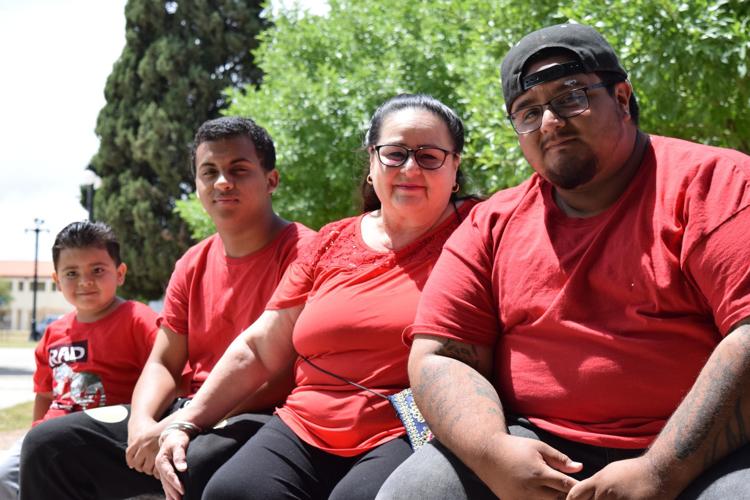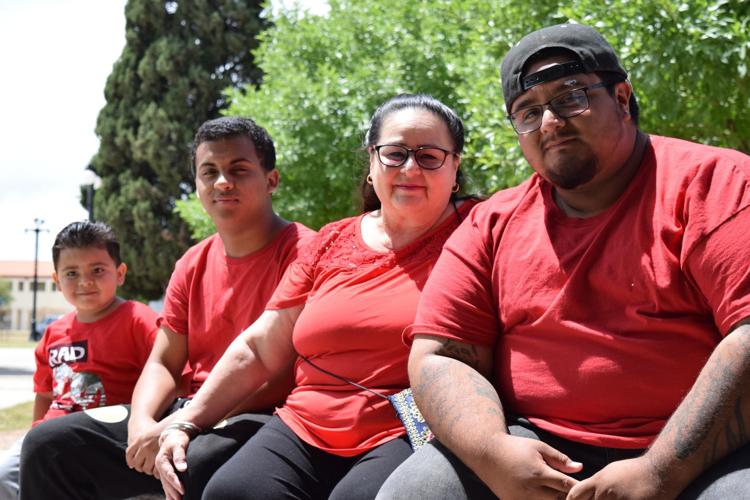When young mother Alejandra Molina, 23, of the Tohono Oтodham tribe, was killed in her motherтs Ajo home on March 23, 2003, newspapers reported her boyfriend killed her, but her family says the killer had been stalking her.
Just a few weeks before she died of head trauma, Molina helped her mother pack for a trip to India. While packing, her mother, Victorina Patel, frantically looked for the favorite blue blouse the mother and daughter shared. Molina finally handed it over with playful reluctance.
Patel gave her daughter a hug goodbye, not realizing that hug would forever be cemented in her memory.
People are also reading…
When Patel flew home from her trip, her mother surprised her at the airport with Molinaтs 2-year-old son, Eduardo, in tow. The older woman let Patel tell her about the trip as they drove past the road to her house, evading the police tape that surrounded it. When they got to her sisterтs house, the whole family was there т except Molina.
тTurns out they were all together to be with me to tell me what had happened to my daughter,т she said.
Her daughter was killed the day Patel flew home.
They buried Molina in the blue blouse she shared with her mother. Following a traditional service, she was buried with possessions to take on her journey, placed in compartments dug into the earth alongside her casket under palo verde and fresh greasewood.
Molinaтs 8-year-old son, Anthony, didnтt want to leave the gravesite. He boiled inside. Now, at 24 with a son of his own, he remembers taking the book of casket displays from his grandmother and great-grandmother and telling the two distraught women that he would choose his motherтs casket, her flowers, the holy cards.
He remembers talking to detectives, and he remembers when they stopped coming by, stopped calling. For years after т birthdays, Motherтs Days, anniversaries of her death т he told his grandmothers he was going to get the man who killed his mother. The suspect, Manuel Lozano, fled and was never found.
Anthony made a about his mother a few weeks ago and shared a post about it on another page for missing and murdered indigenous women and children. On it are time-worn photos of Molina т a little girl with braids, clothes adorned with Native decor. In another, sheтs a teenager with т80s bangs and a floral vest.
People message Anthony via Facebook. They tell him what they remember about his mother and about the night she died.
The family hopes the discussion around missing and murdered indigenous women will shine new light on Alejandraтs case.
Every day the Facebook post about her moves further down the page, under new posts from other Native American families т missing posters and photos of dead loved ones т looking for answers, looking for justice.










